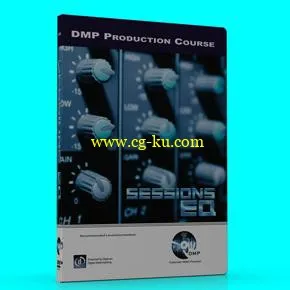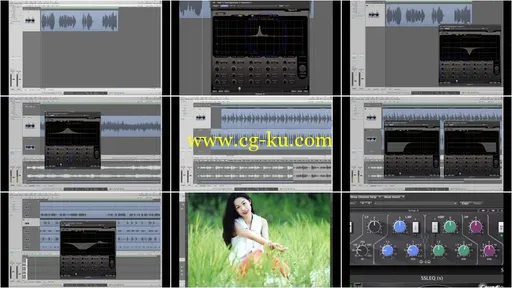
Dance Music Production - Sessions 06: EQ
.MOV, AVC, 989 kbps, 1280x720 | English, AAC, 128 kbps, 2 Ch | 3.5 hours | 1.7 GB
Subject: Sound Processing
Sessions are our range of video tutorials that are dedicated to helping producers understand the most indispensible and commonly used plug-ins and synthesizers employed in the production of electronic dance music.
The ability to use your production tools efficiently and properly forms the rudimentary difference between an amateur and professional but relies on completely understanding both the theory and practice of application. Each sessions tutorial offers a complete breakdown and explaination of the unit in focus so if you're struggling to understand the theory and applications of compression, EQ, Delay or want to understand the parameters on offer in the Virus Ti, our sessions tutorials are essential.
For Sessions 06 and due to popular request, we discuss and examine EQ in the detail you’ve come to expect from DMP. With a focus on its use in the production of electronic dance music we lift the lid on one of the most useful yet most mix destroying processors ever conceived…
EQ is one of the fundamental tools in music production and the main ingredient for producing a great final mix. However, it also happens to be one of the most misunderstood, misused, over used, under used, abused processors available. On the surface EQ is little more than a tone control and at its simplest level it offers you the ability to either boost or cut a specific range of frequencies. However, whilst it doesn’t take an awful lot of research to learn what each parameter does and the effects it will impart on audio, this is very different from being able to use it with any real skill.
Running over 3 hours in length, we examine all the aspects of EQ. Starting with with an examination of the science of sound, fundamentals and harmonic generation we examine how our perception changes with volume and frequency and how this applies to EQ. We look at the bandwidth Q factor and why an understanding of octaves are so important when it comes to the application of EQ. We also examine both IIR and FIR (minimal phase and linear phase) and how they are created. We also take a look at the response curves of musical and surgical EQ, shelving filters, overshoot, the Nyquist theorem and the problems of frequency cramping. But most important of all, we discuss how all of the theory is employed in practice to create a mix with clarity and depth.
More Info

发布日期: 2016-01-11